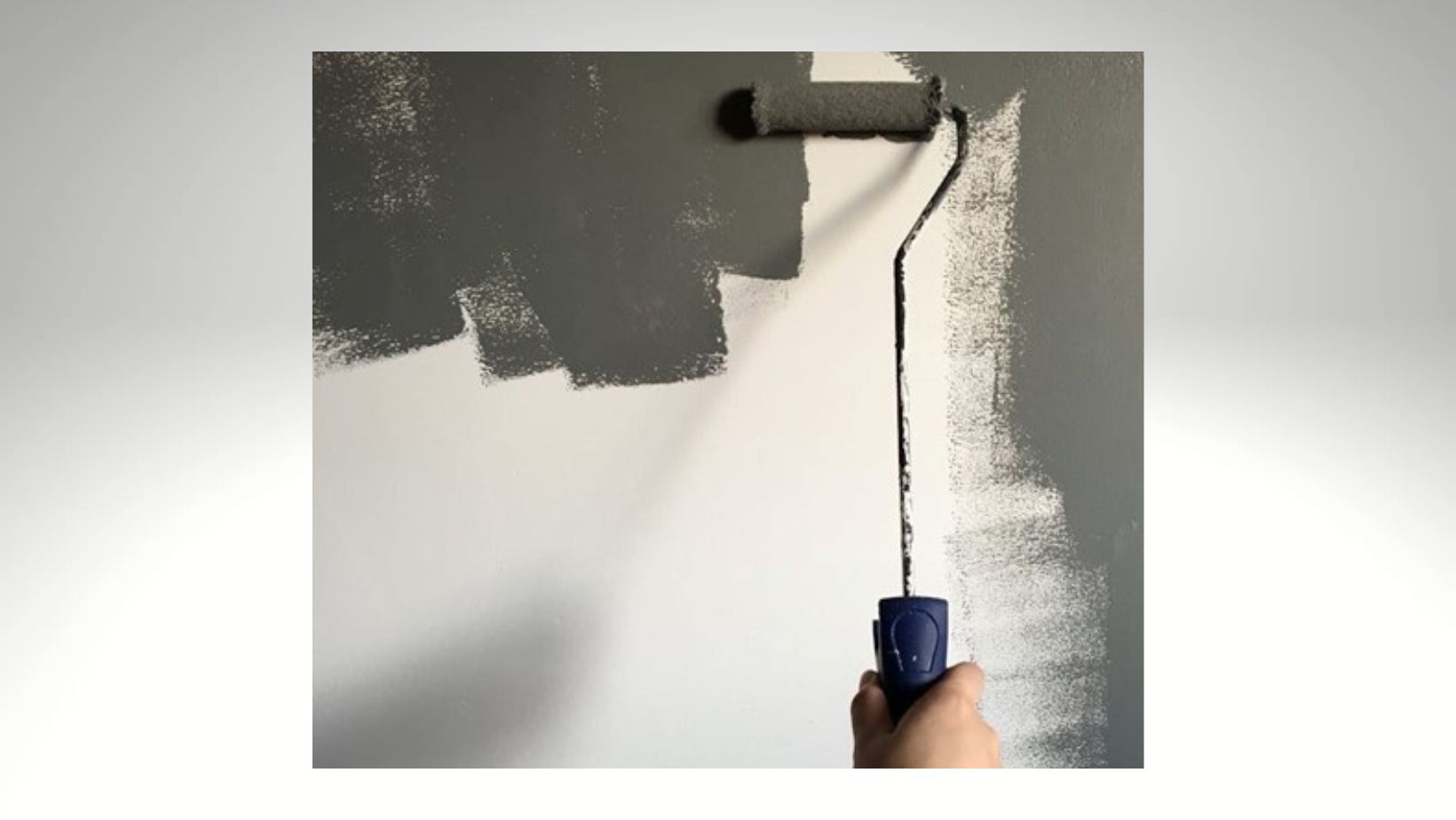The aesthetic appeal of your workspace can significantly influence client perceptions and employee morale. Commercial painting innovations not only enhance the visual impact of a business’s interior and exterior but also introduce practical solutions that improve durability and sustainability. With advancements in painting technology and techniques, businesses can now achieve more than just a fresh coat of paint; they can transform their spaces into dynamic, engaging environments that reflect their brand identity. This guide explores how the latest trends in commercial painting can elevate your business space, creating a lasting impression for both customers and staff alike.
Eco-Friendly Painting Solutions
The demand for environmentally responsible practices is on the rise, and in the commercial painting industry, eco-friendly solutions are becoming increasingly popular. These options include low-VOC (volatile organic compounds) paints, which reduce harmful emissions and improve indoor air quality. By adopting these sustainable practices, businesses not only contribute positively to the environment but also enhance their image as socially responsible entities.
Eco-friendly paints often offer comparable or superior durability to traditional options. Innovations such as biobased paints, which incorporate plant-derived resins, provide long-lasting finishes while minimizing ecological impact. Embracing these sustainable painting alternatives can help businesses meet regulatory requirements, attract eco-conscious customers, and create healthier working environments.

Whether you need commercial painters in Seattle or New York, look for professionals who prioritize eco-friendly solutions. This way, you can achieve a beautiful and environmentally responsible space that represents your business values.
Advanced Surface Preparation Techniques
Proper surface preparation is crucial for the success of any painting project. Advanced techniques, including power washing, sanding, and the use of premium primers, ensure that surfaces are optimally prepared for paint application. By investing in high-quality preparation procedures, businesses can extend the lifespan of their paint job while also achieving a flawless finish.
Innovative technologies such as laser cleaning and automated sanding systems are emerging, allowing for even more precise and efficient surface treatments. These advancements enable commercial painters to achieve superior adhesion and reduced maintenance costs in the long run, ensuring that the visual impact created by a fresh paint job remains intact over time.
Textured and Specialty Finishes
Textured and specialty finishes are gaining traction in the commercial painting realm, allowing businesses to create unique and visually striking environments. Techniques such as stucco, faux finishes, and decorative glazes can add depth and character to walls, transforming ordinary spaces into extraordinary showcases of creativity. These finishes not only enhance aesthetic appeal but also help conceal imperfections in existing surfaces.
The implementation of specialty finishes can enhance functionality. For instance, anti-graffiti coatings make it easy to remove unwanted markings, while textured wall coverings can improve acoustics in open office spaces. By exploring these versatile options, businesses can create a distinct and personalized atmosphere that leaves a lasting impression.
Digital Colour Selection Tools
The process of selecting the right color palette for a commercial space can be overwhelming. Recent innovations in digital color selection tools are revolutionizing this process, allowing businesses to visualize how different colors will look in their environments before making a decision. These tools often include augmented reality (AR) applications and virtual reality (VR) simulations, providing a more immersive experience in choosing colors and finishes.
These digital platforms facilitate collaboration among team members and stakeholders, ensuring that everyone’s input is considered. By streamlining the decision-making process, commercial painting projects can become more efficient and aligned with the brand’s identity, ultimately resulting in a cohesive and appealing workspace.
Smart Paint Technologies
The intersection of technology and painting has birthed smart paint solutions that offer numerous benefits for commercial spaces. These innovative coatings feature properties such as temperature regulation, self-cleaning capabilities, and even air-purifying functions. For instance, photochromic paints can change color in response to light exposure, while antimicrobial coatings help maintain hygiene in high-traffic areas.

Embracing smart paint technologies can enhance the functionality of business spaces, contributing positively to employee productivity and overall satisfaction. By integrating these advanced solutions, businesses invest in the long-term viability of their environments, creating a more comfortable and efficient workplace.
Enhanced Application Methods
New and improved application methods are transforming the efficiency and quality of commercial painting projects. Techniques such as airless spraying, electrostatic painting, and robotic application systems are becoming more common, allowing for faster and more uniform coverage across surfaces. These methods reduce the time and labor costs associated with traditional application techniques, enabling businesses to complete projects with minimal disruption to operations.
These advanced methods often lead to improved finish quality and durability due to a more consistent application of products. By leveraging these innovations, businesses can ensure that their painting projects are completed to the highest standards, providing a visually appealing and durable environment for employees and clients alike.
Commercial painting innovations continue to evolve and provide businesses with exciting opportunities to transform their spaces. By embracing these advancements, companies can create a dynamic and engaging workplace that reflects their brand identity while also contributing to improved functionality, sustainability, and overall success.
